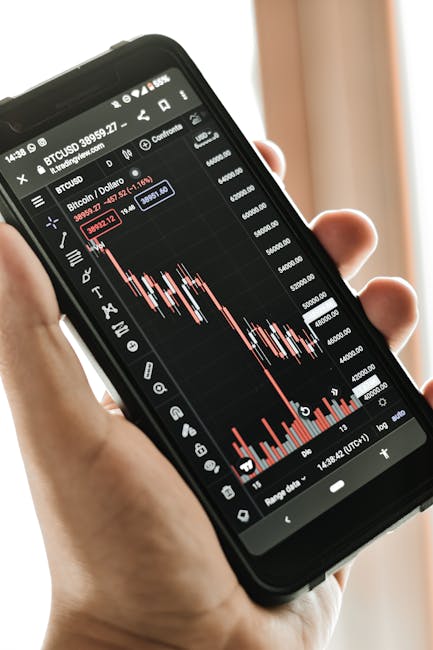Foldable phones have been a hot topic in tech circles, promising to redefine how we use our devices. With their innovative designs and the convenience of a tablet in a pocket-sized form, they’ve captivated early adopters and tech enthusiasts. Yet, despite their potential, foldable phones haven’t gone mainstream. The biggest hurdle? Their premium price tags. As manufacturers work to reduce costs, a crucial question arises: Will business users, a key demographic for high-end devices, be persuaded to adopt them?
The Price Barrier
Foldable phones are notoriously expensive. Flagship models like the Samsung Galaxy Z Fold and Google Pixel Fold often cost over ₹1,50,000, making them inaccessible to most consumers. For business users, who typically invest in premium devices for productivity, the high cost remains a significant obstacle. While foldables offer unique features like multitasking, larger screens for presentations, and portability, the value hasn’t yet justified the price for many.
However, the tide is turning. As technology advances and production scales, the cost of foldable displays and hinges—the two most expensive components—is expected to decrease. Analysts predict a 20-30% price drop in the next few years, potentially making foldables more accessible to a broader audience, including business professionals seeking tools to enhance efficiency.
The Business Appeal of Foldables
For business users, foldable phones offer several advantages. The expanded screen real estate enables seamless multitasking, allowing users to run multiple apps simultaneously—ideal for managing emails, reviewing documents, and attending video calls on the go. The foldable design also enhances portability, a key feature for professionals who travel frequently.
Additionally, foldable phones are increasingly integrated with enterprise-grade software and security features. For example, Samsung has partnered with Microsoft to optimize its foldable devices for productivity apps like Office Suite and Teams. These integrations position foldables as a viable alternative to traditional laptops or tablets for certain tasks, offering a streamlined experience for business users.
However, adoption isn’t guaranteed. Business users are pragmatic and will need clear, tangible benefits to justify switching from their current devices. Durability remains a concern, as foldables are still perceived as more fragile than rigid smartphones. Battery life, another critical factor, also needs improvement to meet the demands of a busy workday.
The Future of Foldables in Business
For foldable phones to gain traction, manufacturers must address these concerns while aggressively lowering prices. Marketing efforts should emphasize the unique advantages of foldables for business users, such as enhanced productivity and portability. Early adopters in the corporate world could play a pivotal role in demonstrating the practical benefits of these devices to their peers.
As the technology evolves, we may see more specialized foldable devices tailored for business use. Imagine foldable phones with built-in projectors, advanced security features, or modular designs that allow users to customize their devices for specific tasks.
In conclusion, foldable phones have the potential to carve out a niche in the business world—but only if prices drop significantly and manufacturers can convince users of their value. The next few years will be critical in determining whether foldable phones become a staple in the boardroom or remain a niche product for tech enthusiasts. For now, the foldable revolution is still unfolding, and business users are watching closely.




